If you’re seeking a culinary adventure that defines the soul of Chongqing, look no further than Chongqing Xiaomian (重庆小面).
More than just a bowl of noodles, this fiery, aromatic dish is a cultural icon—a daily ritual for locals and a must-try for travelers. With UNESCO-worthy flavors and a ¥40 billion ($5.6 billion) industry behind it, here’s why this humble street food deserves global attention.
From Dockside Survival to National Obsession
Born in the 17th-century docks of Chongqing, Xiaomian began as fuel for laborers hauling goods along the Yangtze River. Workers tossed cheap off-cuts of vegetables and spices into boiling water with wheat noodles, creating a quick, hearty meal. By the 1920s, street vendors refined the recipe, and today, over 84,000 Xiaomian shops serve 1.3 million bowls daily across the city.
The dish’s name—“Xiaomian” (小面)—translates to “little noodles,” but its impact is anything but small. In 2021, Chongqing established a dedicated Xiaomian Industrial Park in Dadukou District, transforming street food into a standardized, export-ready powerhouse.
The Anatomy of a Perfect Bowl
The Noodles:
Made from alkaline wheat dough, Chongqing noodles are springy and slightly chewy, designed to cling to the bold sauces. Options range from thin “threads” to wide “knife-cut” styles.
The Sauce—A Symphony of 20+ Ingredients:
- Chili Oil: Aged for weeks with Sichuan peppercorns, garlic, and sesame.
- Ma La (Numbing Spiciness): A signature blend of huajiao (Sichuan pepper) and dried chilies.
- Umami Boosters: Fermented soybeans, pickled mustard root, and roasted peanuts.
Customization is Key:
Locals order with jargon like “ganliu” (dry-tossed), “tihuang” (al dente noodles), or “wei la” (mild spice). Toppings vary from minced pork to braised beef or pickled vegetables.
Why It’s More Than Just “Spicy Noodles”
Cultural DNA:
Xiaomian mirrors Chongqing’s spirit—fiery resilience (from the broth), adaptability (endless variations), and community (shared street-side stools). UNESCO honored it as part of China’s Intangible Cultural Heritage in 2021.
Economic Powerhouse:
Each ¥100 million ($14 million) in Xiaomian sales drives 2,000 tons of chili, pepper, and vegetable oil production, supporting 500,000 jobs.
Global Ambitions:
Pre-packaged Xiaomian kits now ship to 30+ countries via the New International Land-Sea Trade Corridor, with exports surging 32% in 2024.
How to Eat Like a Chongqing Native
Timing:
Breakfast is prime Xiaomian hour. Locals swear by 7–9 AM for the freshest chili oil.
Pairings:
Balance the heat with bingfeng (sweet fermented rice drink) or a local herbal tea.
Hidden Gems:
- Zhao Er Xiaomian: A WWII-era stall famed for melt-in-mouth pork kidney toppings.
- Hulaguokou (Tiger’s Mouth): Charred chili flakes add smoky depth at Dadukou’s street carts.

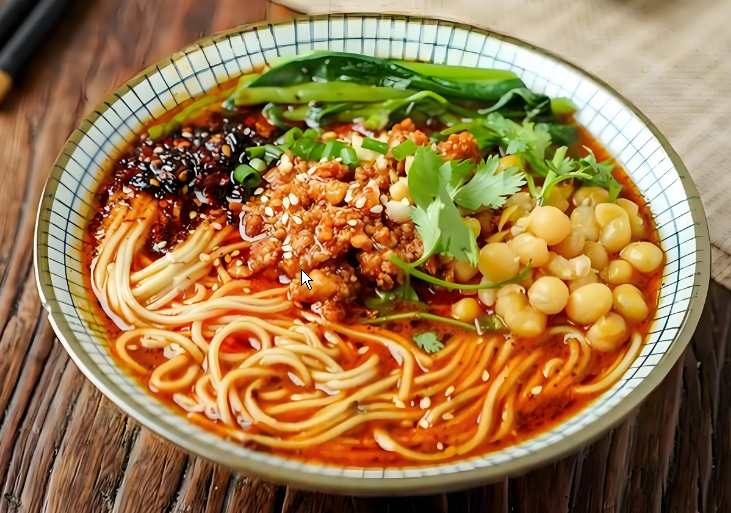

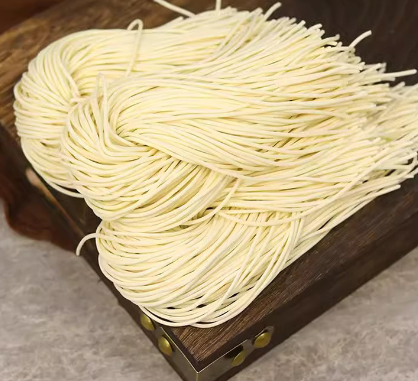
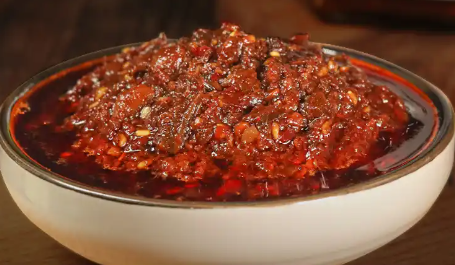
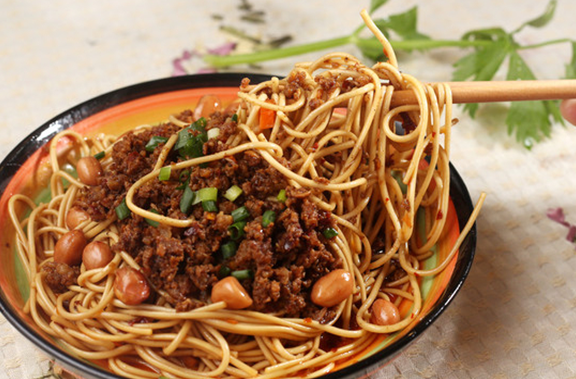
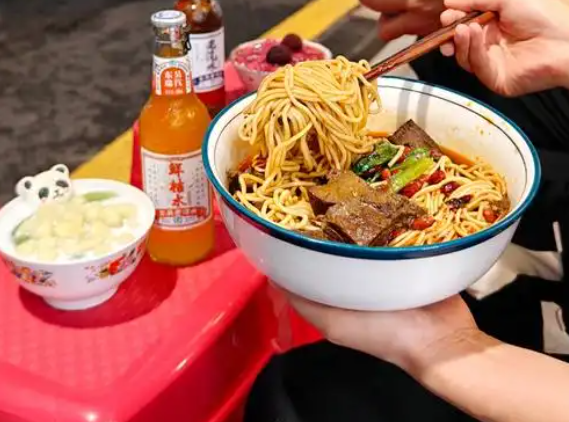
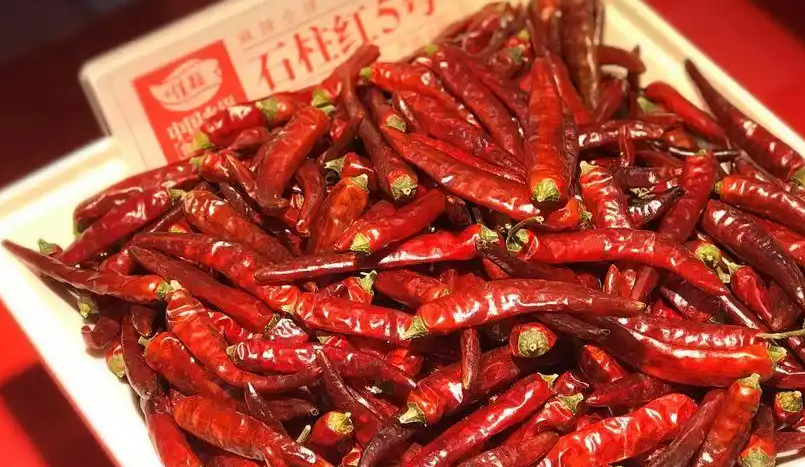
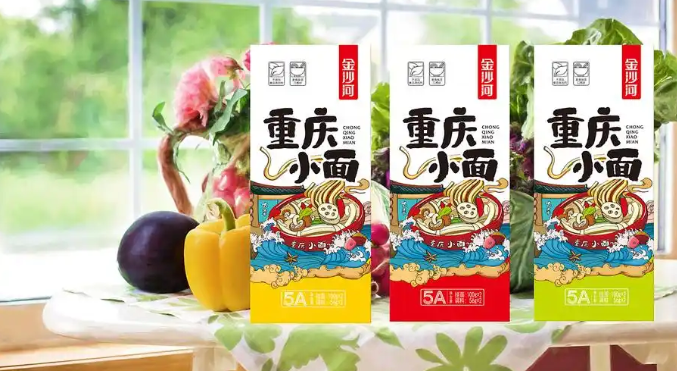
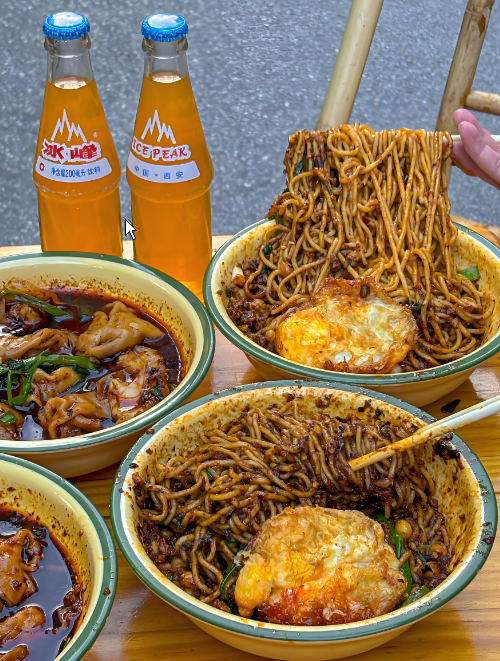














No comments yet